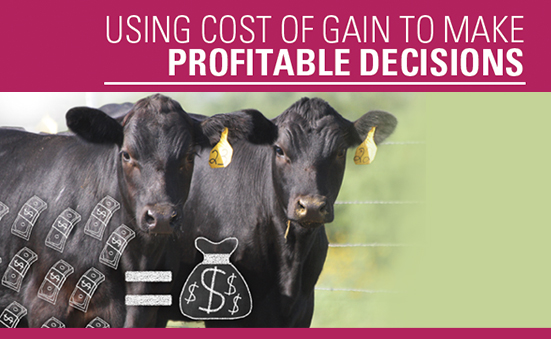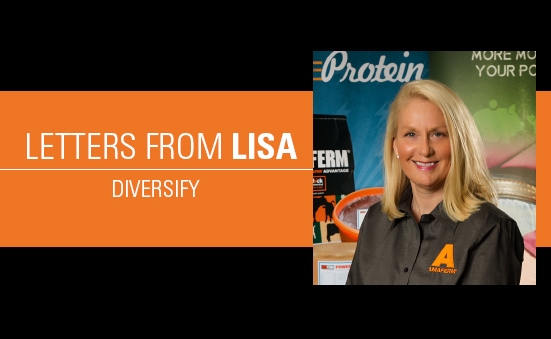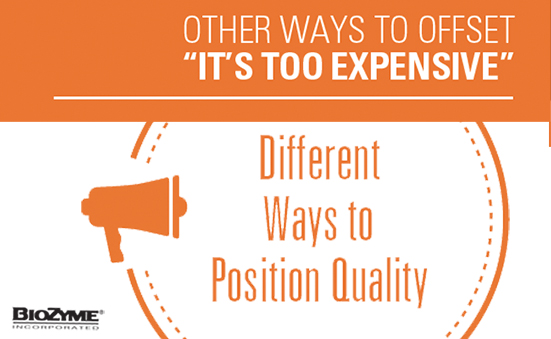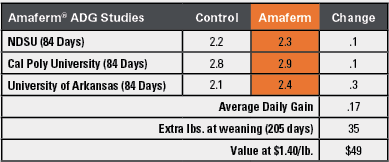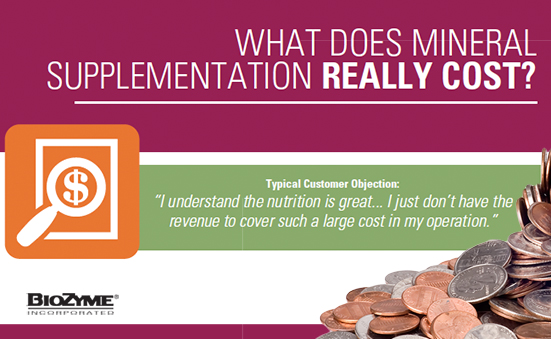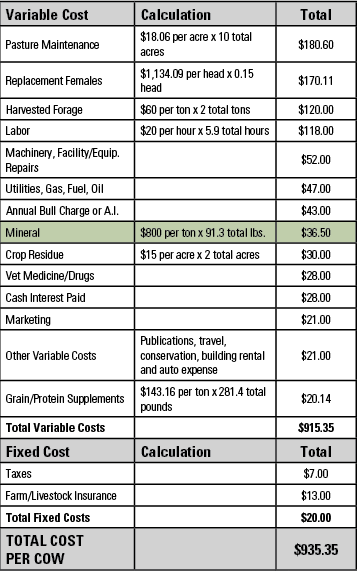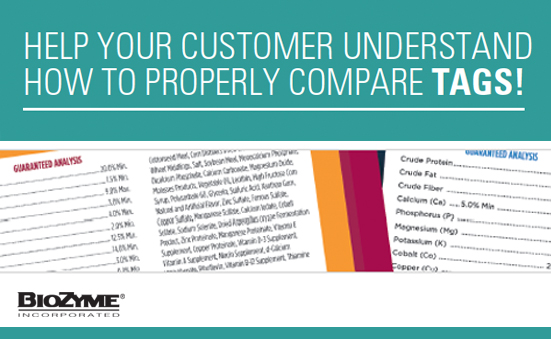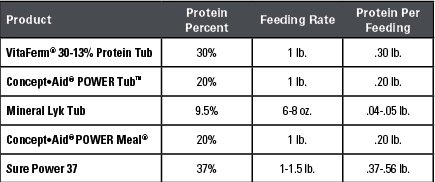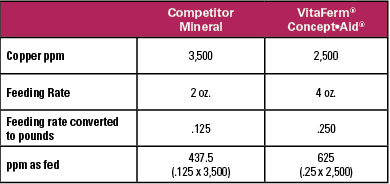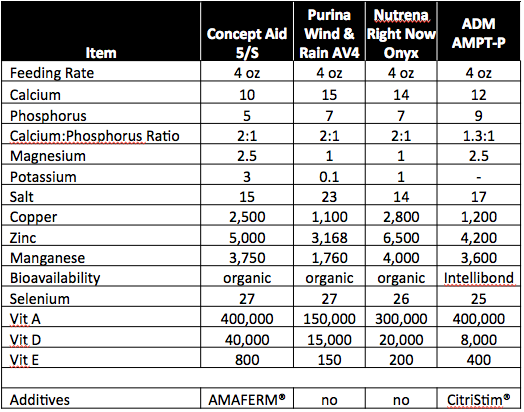Having multiple product lines may allow a growing business to diversify risk and capitalize on its established reputation. Multiple product lines can also strengthen competition in its industry, while at the same time enhancing the company’s checkbook.
Certainly after reading that statement, everyone is interested in expanding their products or product line(s). However, while it may be beneficial to expand a product line or bring in a new product within a line, those benefits do not come without considerable work before the sales start rolling in. Please note, any one of these 17 steps could cause the ones before it to be reevaluated making the process at times overwhelming.
- First, get an idea of what to expand.
- Determine the specific needs of customers in that market segment.
- Identify the product features that would be most attractive to them.
- Assess the market size and the competition.
- Create/formulate the product based on science and market research results.
- Get team buy-in.
- Figure out the best distribution channels to achieve the highest market penetration.
- Determine the price to make sure it will be competitive and profitable. (note: many times this step forces you to go back to step 5 or before)
- Test the product to determine its effectiveness.
- Create a unique value proposition.
- Decide how you’ll position the product in the market segment you’ve identified using that proposition.
- Make sure that doesn’t conflict with any other products, product lines or brands in your portfolio.
- Create the name and “look” to support the positioning.
- Create the marketing materials.
- Plan the initial launch.
- Strategize the actual marketing plan to support it after its launch
- Execute, execute, execute and PRAY. Pray the product is positioned and priced correctly, works correctly and sells in the time you predicted.
Of course you are not interested in doing this entire list, so how can making the decision of adding a new product or product line be made in a more simplistic approach? Consider the following:
1. Evaluate the product itself
- Has the product been thoroughly tested?
- Did the product deliver consistent results?
2. Identify and evaluate the target market
- What are the ideal customer’s characteristics?
- Is there a market for the product?
- Is there enough of a market to support the product?
- Does the market available to you have a place for the product?
3. Evaluate the competition
- Who are the top market competitors?
- How are their products the same or different?
- What are their marketing techniques?
4. Consider the product from your customers’ viewpoint
- What service or product do they choose currently?
- What are the key differences that would compel customers to select your product over another company’s?
5. Evaluate launch readiness
- If the launch is successful (and let’s face it – the reason you’re launching a new product is because you want it to be successful) can your company facilitate the increased demand?
- Do you have resources for handling customer education, inquiries and needs?
In the end, if you do your homework and move forward with an analytical eye, your product or line extension will increase sales, help you reach new markets and build market share overall for your growing business. Go be a “rocket” star!


